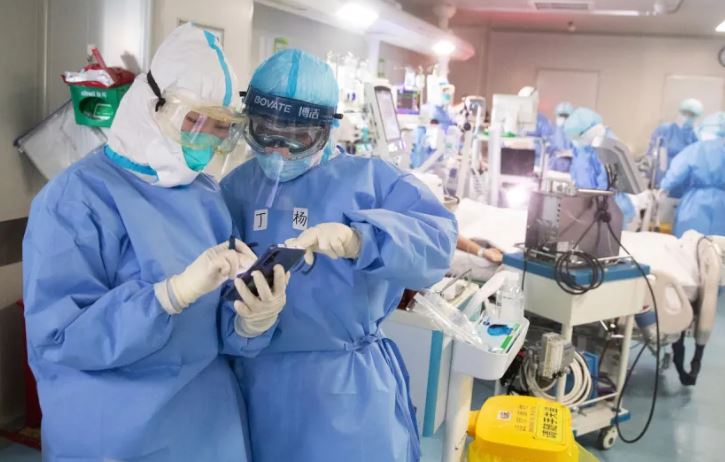Scientists found that a simple cell phone could contaminate a negative pressure room and cause a leak of deadly microbes
Researchers found that an attacker armed with little more than a smartphone could disrupt the safe operation of a negative pressure room located in a hospital or biological research laboratory.
Scientists at the University of California at Irvine found that a simple cell phone could contaminate a negative pressure room, which is a space in a hospital or biological research laboratory designed to protect outdoor areas from exposure to deadly pathogens.
In the research the authors explain that the mechanisms that control the flow of air in and out of biocontainment facilities can be tricked into working irregularly by a sound of a certain frequency, possibly smuggled into a popular song.
“Someone could put a piece of music uploaded to their smartphone or have it broadcast from a TV or other audio device in or near a negative-pressure room,” explains Mohammad Al Faruque, co-senior author and professor of electrical engineering and computer science. from the ICU.
“If that music is embedded with a tone that matches the resonant frequency of the pressure controls in one of these spaces, it could cause a breakdown and a leak of deadly microbes,” Al Faruque added.
The researchers stated that commonly used negative pressure rooms are vulnerable to remote tampering, posing a hitherto unknown threat to biosafety facilities.
To demonstrate this, they tested their hypothesis with eight standard negative pressure rooms from five manufacturers, showing that all devices operate at resonant frequencies in the audible range and are therefore susceptible to tampering.
“When sound waves collide with diaphragms inside a room, they start to vibrate with the same frequency,” explains lead author Anomadarshi Barua, a UCI PhD candidate in electrical engineering and computer science. “A knowledgeable attacker can use this technique to artificially displace the diaphragm, changing the pressure reading and causing the entire system to malfunction,” he adds.
How You Can Avoid Dangerous Situations?
The researchers suggested several countermeasures to prevent a musical assault on the biosafety facility. Sound dampening can be achieved by extending the sample tube from a pressure room port up to 7 meters. The team also proposed enclosing the pressure port in a box-like structure. Both measures would reduce the sensitivity of the room, Barua said.
Al Faruque said that this research project demonstrates the vulnerability of embedded systems to random attacks, but stressed that with a little planning and foresight, facilities can be hardened against sabotage.

